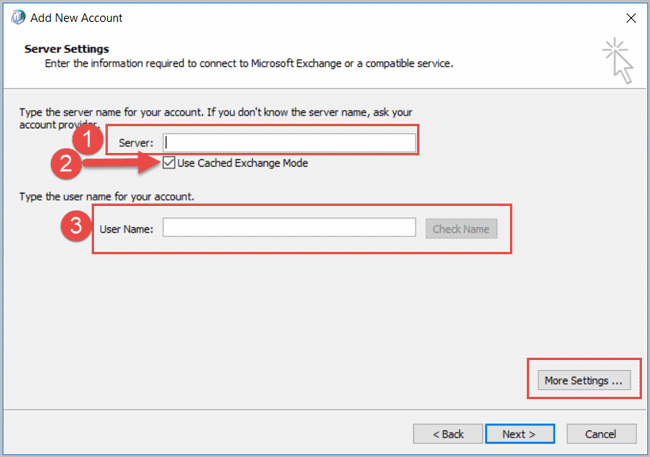

Your Name: The name to display on your email.
 Select Manually configure server settings or additional server types. If the test was successful, you can now click Close to get back to the previous window.You will need your incoming mail server, outgoing mail server, full email address, and your email password. If it is, you will see the statuses Completed:ġ1. Click Test Account Settings to check if everything entered is correct. Click on Ok to return to the main window.ġ0. Outgoing server (SMTP): 465 port for SSL, 25/587 port for TLSĩ. Incoming server (if you are using POP3): 995 port for SSL, 110 for TLS Incoming server (if are using IMAP): 993 port for SSL, 143 for TLS Now go to the tab Advanced and enter the following ports: Go to the tab Outgoing Server and check-mark the option My outgoing server (SMTP) requires authentication:Ĩ. Require logon using Secure Password Authentication (SPA): should be uncheckedħ. Password: password for this email account Outgoing email server: server your account is hosted on Incoming mail server: server your account is hosted on Enter/select the following information:Īccount Type: select IMAP or POP3 from the drop-down menu Choose Manually configure server settings or additional server types option and click Next:Ģ. To manually set up your email account in Outlook, complete steps 1 and 2 (above), then follow the instructions below:ġ. You can also try to set up the account manually. If you are not able to proceed, you may need to repeat the setup process. Disregard any warnings that appear and proceed to the next step. Once all the fields are completed, click Next. Password: password for your email accountĤ. Your Name: the name of your account in Outlook
Select Manually configure server settings or additional server types. If the test was successful, you can now click Close to get back to the previous window.You will need your incoming mail server, outgoing mail server, full email address, and your email password. If it is, you will see the statuses Completed:ġ1. Click Test Account Settings to check if everything entered is correct. Click on Ok to return to the main window.ġ0. Outgoing server (SMTP): 465 port for SSL, 25/587 port for TLSĩ. Incoming server (if you are using POP3): 995 port for SSL, 110 for TLS Incoming server (if are using IMAP): 993 port for SSL, 143 for TLS Now go to the tab Advanced and enter the following ports: Go to the tab Outgoing Server and check-mark the option My outgoing server (SMTP) requires authentication:Ĩ. Require logon using Secure Password Authentication (SPA): should be uncheckedħ. Password: password for this email account Outgoing email server: server your account is hosted on Incoming mail server: server your account is hosted on Enter/select the following information:Īccount Type: select IMAP or POP3 from the drop-down menu Choose Manually configure server settings or additional server types option and click Next:Ģ. To manually set up your email account in Outlook, complete steps 1 and 2 (above), then follow the instructions below:ġ. You can also try to set up the account manually. If you are not able to proceed, you may need to repeat the setup process. Disregard any warnings that appear and proceed to the next step. Once all the fields are completed, click Next. Password: password for your email accountĤ. Your Name: the name of your account in Outlook 
Select E-Mail Account and enter your information: To create a new account in Outlook, first go to the tab File > Account Settings menu:ģ. This tutorial will help you to configure Microsoft Outlook 2007-2010 for yourġ. CPanel email account setup in Microsoft Outlook 2007-2010







 0 kommentar(er)
0 kommentar(er)
